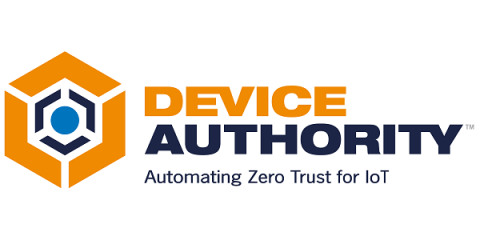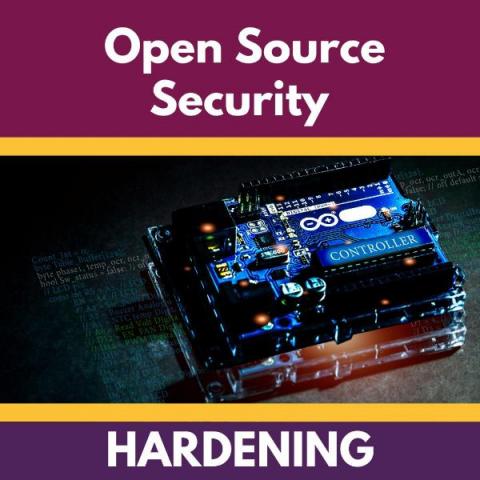How VLSI Drives the Digital Revolution
VLSI (Very-Large-Scale Integration) is at the core of the digital revolution, powering the devices and technologies we rely on every day. By integrating millions of transistors onto a single chip, VLSI has enabled the creation of powerful, compact, and energy-efficient electronic devices like smartphones, computers, and smart gadgets. It drives innovation in industries like telecommunications, healthcare, and automotive, enabling technologies such as AI, IoT, and 5G.











